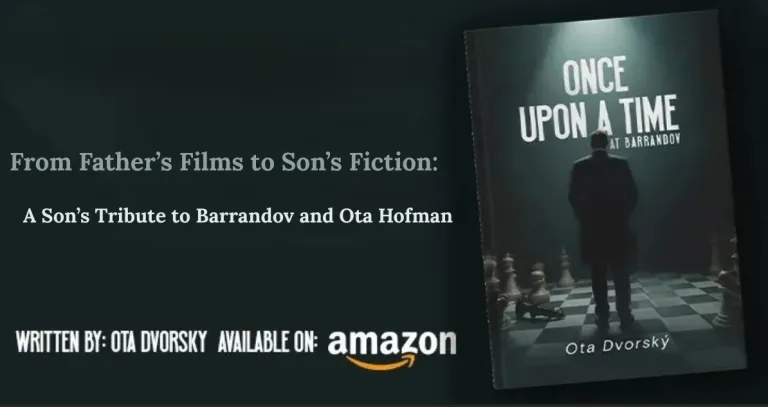The Bow That Speaks: The Secret Language of the Dirndl Schleife
In a world overflowing with digital chatter and endless noise, it’s oddly comforting to know that in some places, a simple bow still speaks louder than words.
That’s the beauty of the dirndl — a dress steeped in centuries of tradition, and with it, a language all its own. But there’s one detail many overlook, especially newcomers: the Dirndl Schleife.
That little bow tied around your waist? It doesn’t just hold the apron in place. It tells a story — your story. And depending on where it’s tied, it can send a message that’s clear as day to those who understand it.
Not Just Style — Symbolism
The dirndl, born from working-class Alpine roots, has transformed into a cultural icon. It’s romantic, elegant, and undeniably eye-catching. But what truly gives it meaning is the detail — especially the Dirndlschleife.
In Bavarian tradition, the placement of the bow is more than fashion — it’s social signaling:
- Tied on the left? You’re single.
- Tied on the right? You’re taken — married, partnered, or simply not available.
- Center front? Historically a sign of virginity or youthful modesty.
- Tied in the back? Often worn by widows, servers, or women playing specific ceremonial roles.
It’s subtle, but intentional. It’s tradition translated into fabric.
How a Bow Builds Connection
Imagine entering a festival, a wedding, or even a family gathering wearing a beautiful dirndl — only to realize later that your bow told the wrong story. It happens more than you’d think, especially among tourists and first-timers.
That’s why learning how to tie your Dirndl Schleife isn’t just a practical matter — it’s an act of respect. Respect for the culture, for the garment, and for the people who still live by its codes.
Because in a world where fashion is often fleeting, here is a place where it means something. And that’s rare.
Tradition That Travels
What’s fascinating is how this small tradition is now going global. Dirndls are being worn at festivals from London to New York, in photo shoots, weddings, and editorial fashion spreads. And with that rise comes a renewed need for understanding — not just aesthetics, but intention.
Wearing the dirndl isn’t just about looking the part. It’s about knowing what it stands for — and the bow is where it begins.
Final Thought: Tie It Like You Mean It
In an age where most clothing choices are dictated by algorithms and influencers, the dirndl offers something timeless: a reminder that style and story can still be intertwined — literally.
So next time you slip into one, take a moment before you tie the bow. Think about what it says. Make it part of your voice.
Because sometimes, the quietest statements — tied carefully at the waist — are the ones that speak the loudest.





